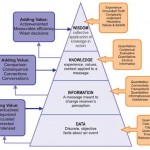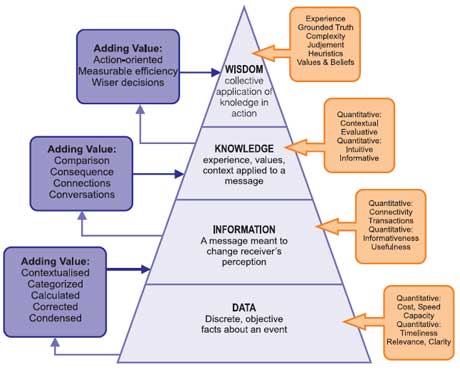What can Equity Research learn from JIT?
Just in Time (“JIT”) is an operations management process developed in the 1950s by Toyota of Japan to compete effectively with US automakers. The JIT philosophy is simple – inventories are expensive to carry – so don’t hold them unless they are required. The Just-in-Time inventory system focuses on having “the right material, at the right time, at the right place, and in the exact amount”, without the safety net of inventory.
Within the Equity Research department, your inventories are the building blocks of reports or models or presentations (“sections”, if you will) to be written or built by your analyst and associates. The research product is then a carefully assembled view of a senior analyst, who has considerable knowledge in their domain, along with able support from seasoned associates. However, just like a sophisticated automobile, each report consists of complex components (engines) as well as simple “nuts and bolts”.
Value of a dedicated resource
Clients and prospects often request us to provide a dedicated associate resource, who, then are assigned to a single senior analyst team in a particular sector. In other words, this is a live one-to-one inventory (or machinery, if you will) with carrying costs. While the cost of such a resource itself may not be significant and can still provides significant savings compared to additional internal hiring, there are several known issues, in our experience, that come up:
- Quality and consistency: How is the quality of the research product delivered by this dedicated resource monitored by both you and the outsourcing partner on an on-going basis?
- Day-to-day management: Would a day-to-day management of the resource by the team be a significant additional burden to the senior analyst team or their associates?
- Outsourcing Employee Churn: What should one do with the natural churn, training of the resource?
- Long-distance relationships: Is your analyst team spending considerable time “training” the resource, making sure that appropriate work gets assigned on a daily or weekly basis?
- Time Criticality and Additional resources: What if I need the task to completed faster and need to use more resources?
The answers to all the above questions are highly favorable to the outsourcing partner and causes additional work and resource management tasks for the client teams.
Instead, we ask you as a top decision maker, to think of JIT. After all, your sophisticated research product still needs to be finally assembled and polished by your senior analysts and associates. Therefore, simply consider an on-demand research resource from your outsourcing partner that engages with you for that particular report, product or project. Period. This will provide a great shell product to begin with, that require minimal maintenance from your side.
In most cases, we believe that a project-based resource provides the best solution to our equity research clients. Sector specialization is great, but you already have that in-house. If needed, shouldn’t your outsourcing vendor train the resource adequately and not you? Second, by asking your outsourcing partner to provide on-demand research, the quality of the report or project delivered by your outsourcing partner becomes the ultimate barometer, rather than your own analyst teams worrying about the skill sets of a particular outsourcing partner’s individual and utilizing him or her effectively during the critical research production process. Smart outsourcing partners, will then, on their own, hire and train employees that will begin to specialize in a particular sector. Indeed, that is how we began our learning and evolution.
Single versus multiple outsourcing partners – either way, use them on a project basis
Finally, a few of our prospects tell us – “we are all set – we are happy with our current outsourcing partner and are not likely to change” or worse “our experience with outsourcing partners have been dismal – the moment the contract is signed, then the quality is all down the drain”. Again JIT shows the way – Should you be happy with only one partner or vendor? or Should your experience remain the same with all outsourcing partners? In either case, using (additional) your outsourcing partners on a project basis will provide robustness and more competitive research support product delivered to you – the end client.
Letting your outsourcing vendor figure it all out
Just like your analyst base, your outsourcing partner has several employees with distinct skill sets, who may be suitable for one kind of research product, sector versus the other. Let your outsourcing partner handle the resource issue – let your analyst team focus instead on the quality of product delivered…there are enough worries on your plate already!
If you need further insights from us on your research support solutions, please call us at +1-609-285-3701 or email: admin@valanglobal.com

